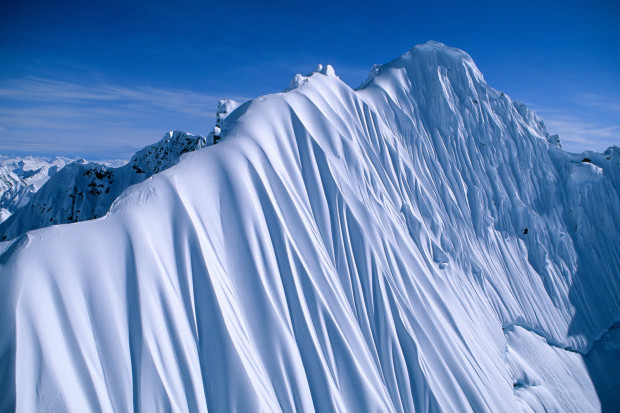
Group dynamics in the backcountry are innately complex. Take away the ability to communicate easily and those dynamics quickly become a liability. Radios are terrific resource in the backcountry for so many reasons. Communication with your group in the backcountry is easily as important as your avalanche beacon or airbag backpack.
Radios in the backcountry make communication simple, clean, and easy which leads to people feeling more relaxed and having more fun. There is nothing as anxious as a lack of knowledge in the backcountry.

Last winter, I was in a situation without radios when we’d skied a big line through treed terrain and a member of our group did not come out to the meeting point at the bottom. We waited, fretted, and eventually climbed back up in desperation to find our friend. After nearly an hour of searching, tracking, and yelling we found nothing. Eventually we skied back to the meeting spot at the bottom and found him. He’d just lost a ski and had had to hike and dig for it. Had we had radios, it would have been as simple as pushing a button and letting us know he was wallowing around in deep snow looking for a ski.
That was a turning point for our crew. Radios were acquired shortly after that incident and they’ve proven invaluable since. I’m truly more relaxed in the backcountry and I love the way we’re able to share avalanche information when we split up or occupy different aspects or elevations.
I know feel more confident that if we do suffer an injury in the backcountry, we’ll have an in finitely more organized approach to instigating the rescue of the injured person.

SITUATIONS WERE A RADIO IS KEY IN THE BACKCOUNTRY:
1. While someone is skiing/riding you can call them on the radio and guide them away from avalanche prone terrain, cliffs, no fall zones, close outs, bad snow, ice, and more objective dangers.
2. Basic communication while separated, especially when windy or stormy conditions exist.
3. When you are unable to visually locate a member of your group.
4. Organizing your group for efficient rescue of an injured person.
5. Reporting injuries.
6. Reporting snow and avalanche conditions.
7. Navigation.
8. Photo shooting or video shooting athlete/photographer coordination.
9. Weather forecasts (if in range of a weather report transmitter)

If you spend time in the backcountry I can’t stress enough how important having radios can be to your team. If someone does get injured and you’re unable to locate them visually – a bad situation can become much worse very quickly.
One thought on “Why Radio Communication in the Backcountry is Key”